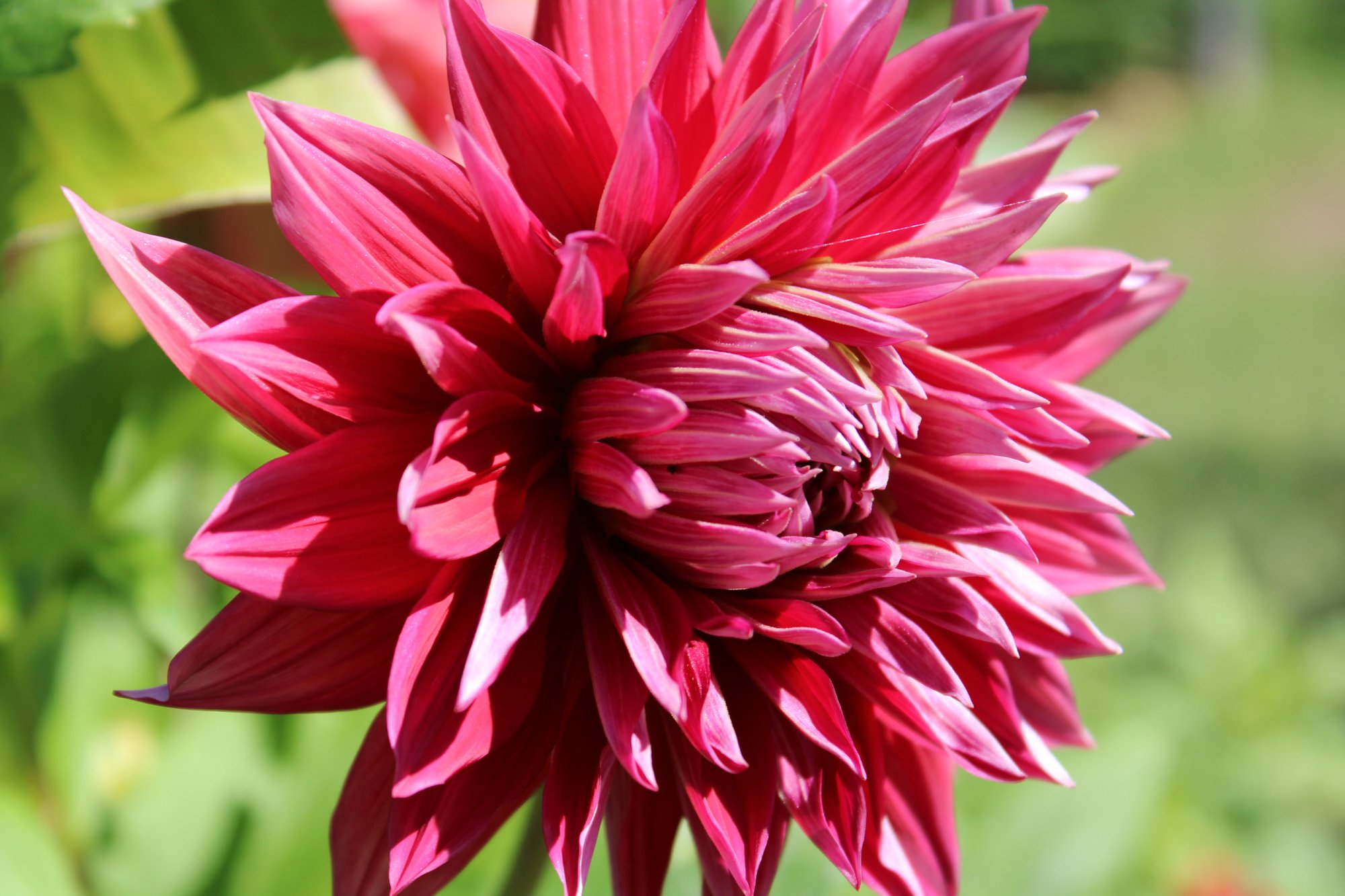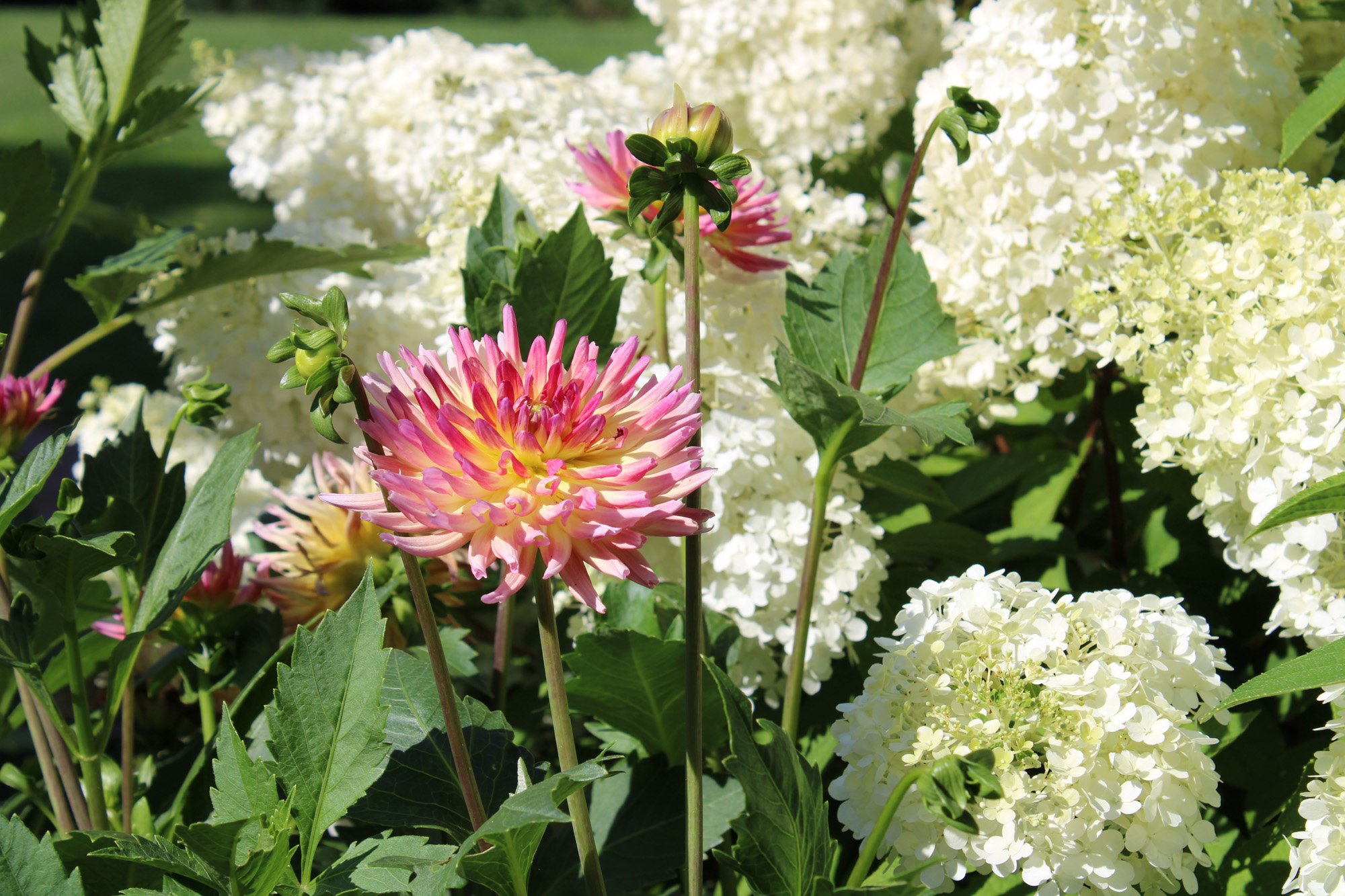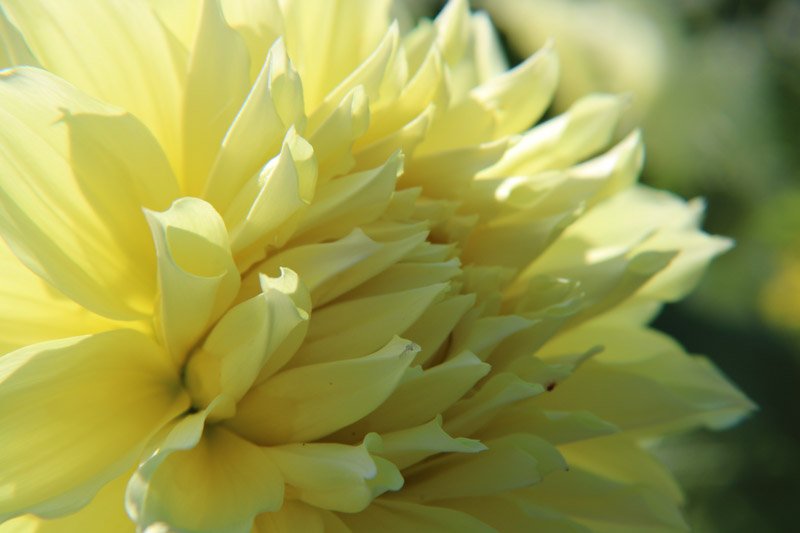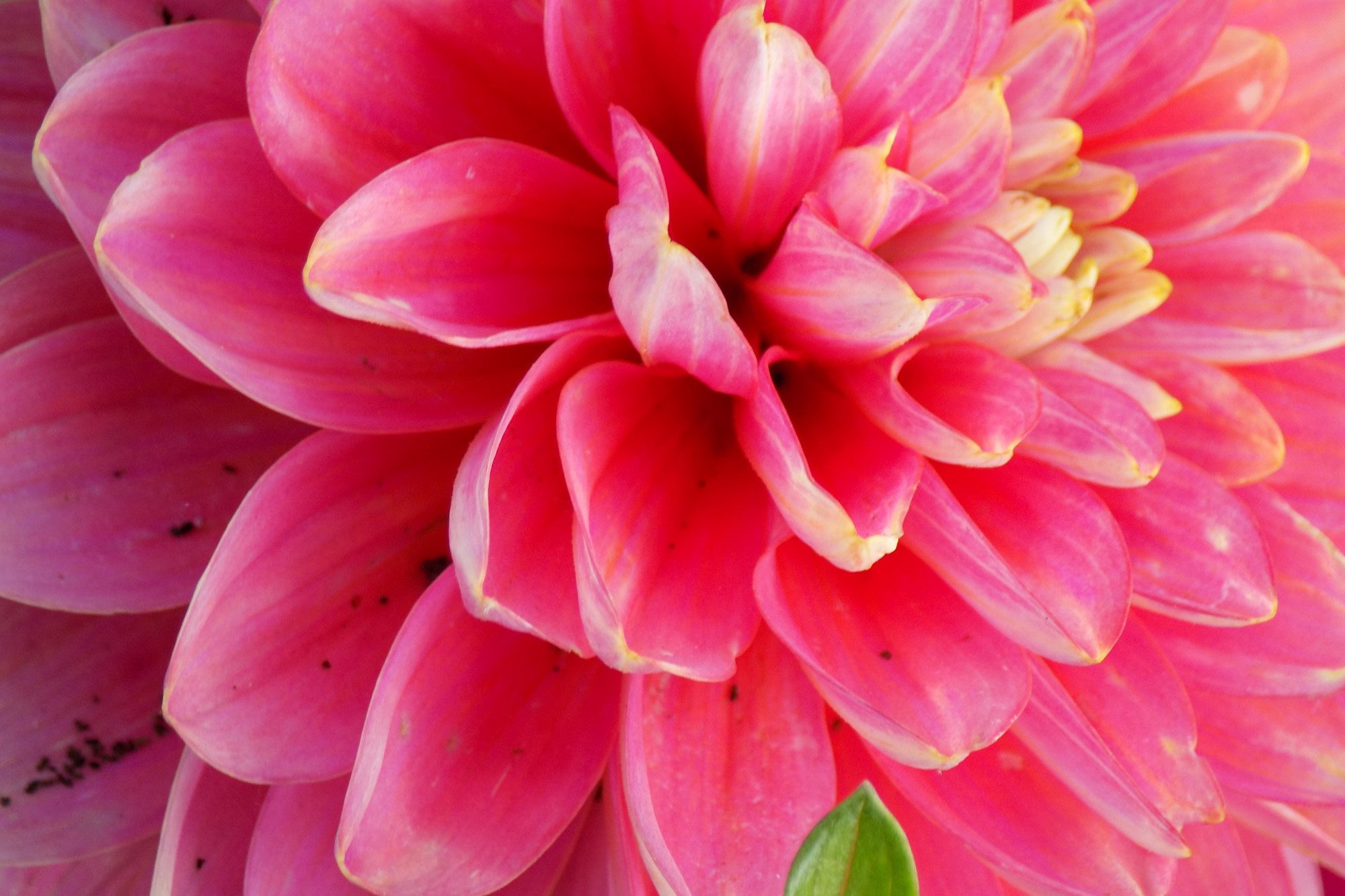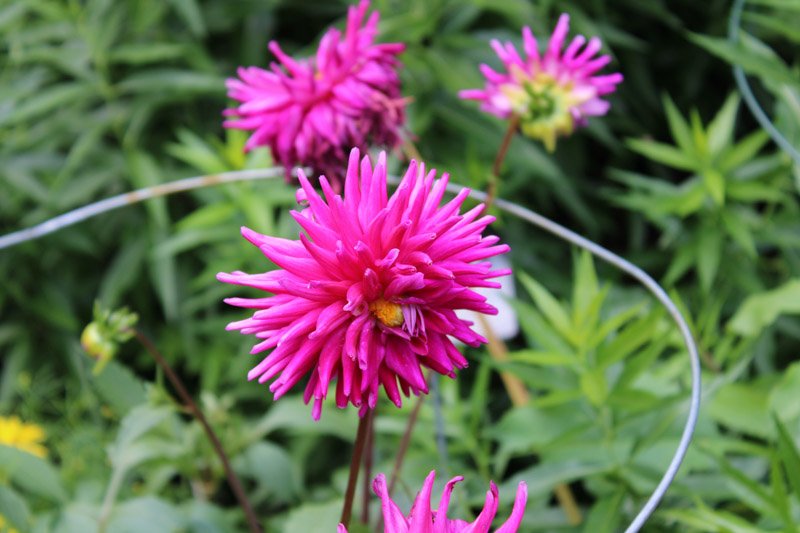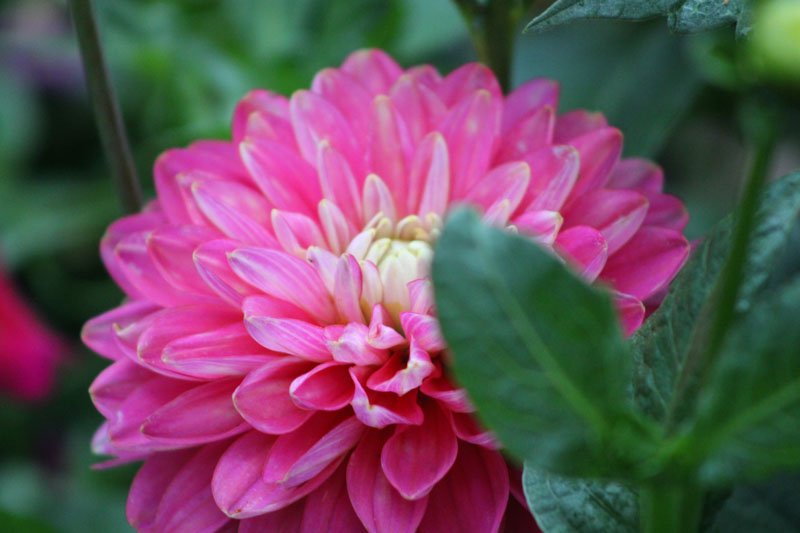Flower Factories
Apples and pumpkins have hit the farm stands and the nip of colder days to come is in the air, but the gardens at Heritage are still bursting with color as the last of summer’s heady blossoms reach their peak. Dahlias, gorgeous in their many vibrant varieties, will keep blooming here on the Cape well into the cooler weather. We like to call them “flower factories” because of their prolific output.
Apples and pumpkins have hit the farm stands and the nip of colder days to come is in the air, but the gardens at Heritage are still bursting with color as the last of summer’s heady blossoms reach their peak. Dahlias, gorgeous in their many vibrant varieties, will keep blooming here on the Cape well into the cooler weather. We like to call them “flower factories” because of their prolific output.
Since dahlias come in such a wide array, from graceful blossoms with a single set of delicate petals to explosions of color the size of dinner plates, it’s easy to get attached to particular varieties. The good news is that dahlias can be saved and replanted from year to year without much trouble.
For now, just keep cutting the flowers to enjoy in your home. As you are out in the garden cutting flowers, remove any dead or damaged leaves and flower heads at the same time. Wait until a killing frost has gone through and blackened the leaves completely before digging up the plant. Pick a nice sunny day for digging; a pitchfork makes an easy job of this. Stems, leaves and spent flowers can all be composted. Brush all the soil from the tubers and dry them out in full sun on newspapers for a day.
The easiest way to store the tubers over the winter is in plastic supermarket bags. Label the bags right away with variety name or description. The ideal storage area is dry, cool and won’t freeze, such as an unheated garage or cellar. In the past, we’ve stored the tubers in a mixture of peat and sawdust, but this material can be attractive for nesting mice, so now we store the bags of tubers in large trash barrels. To keep a bit of air circulating, the lids are not closed.
In the spring, just cut off any part of the tuber that has shriveled or rotted and you’re ready to plant!


